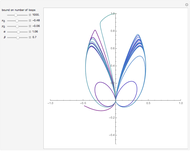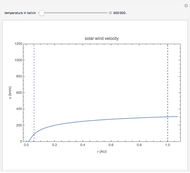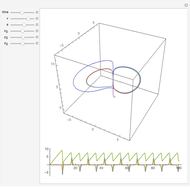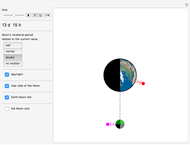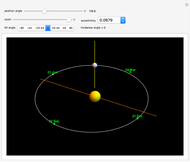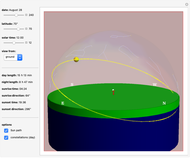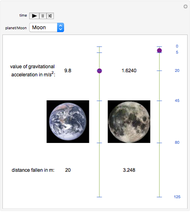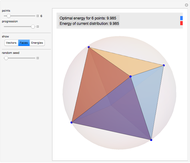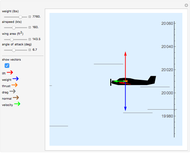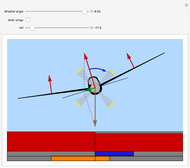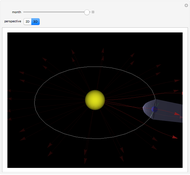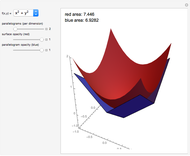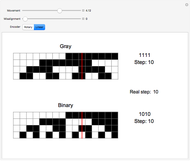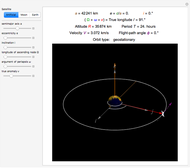Earth's Magnetosphere and the Solar Wind

Requires a Wolfram Notebook System
Interact on desktop, mobile and cloud with the free Wolfram Player or other Wolfram Language products.
The Earth's magnetosphere is an encompassing magnetic field that protects the Earth from harmful radiation and charged particles from the Sun and other sources. In the absence of other bodies, the magnetosphere would be radially symmetrical, but the solar wind distorts it drastically. This dragging effect allows radiation to penetrate but also explains events like the northern and southern lights. Use the slider to see how the magnetosphere changes depending on the Earth's position with respect to the Sun (the Demonstration is always initialized with the Earth's current orientation). Check out the three-dimensional perspective for a wider scope.
Contributed by: Mark Peterson (November 2012)
Open content licensed under CC BY-NC-SA
Snapshots
Details
The shape of Earth's magnetosphere depends on only two factors: the magnetic field of the Earth and the solar wind, which is the pressure exerted by charged particles from the Sun, shown as the red arrows.
The bow shock, shown as the gray region that looks like a sideways parabola, is the boundary where most of the solar wind is deflected around the Earth.
Inside this lies the magnetopause, shown by the light blue curve, which is the border where the pressure exerted by Earth's magnetic field equals the pressure exerted by the solar wind. The region between this and the bow shock is known as the magnetosheath.
The darker blue section in the shadow of the Earth is called the magnetotail. It stretches far into space behind the Earth (several hundred Earth radii). A useful analogy is to think of the Earth as a boat and the solar wind as a river. In that case, the magnetotail can be thought of as the wake created by the Earth.
The green region that appears on either side of the Earth (in three dimensions it would wrap completely around the Earth to make one region) is the Van Allen radiation belt, a slim area dense with suspended charged particles.
The loops near the Earth that do not trail off into the magnetotail are components of the plasmasphere. The yellow regions, called cusps, are gaps in the plasmasphere where charged particles can penetrate the Earth's magnetic field. The northern and southern lights are caused by charged particles that enter the Earth's atmosphere through these regions.
The three-dimensional perspective is included to see how the Earth's titled axis of rotation and its orbit around the Sun combine to create the "wobble" effect of the Earth as seen in the two-dimensional perspective. In reality the solar wind radiates in all directions, not just in the plane of Earth's orbit, but that is excluded in the diagram for simpler visualization. Just as the solar wind causes the magnetosphere to distort, the magnetosphere in turn deflects much of the solar wind around the Earth.
Snapshot 1: this is a side view of the three-dimensional perspective; notice its similarities to snapshot 2
Snapshot 2: this is the two-dimensional perspective during the same time of year; the axis tilt with respect to the Sun is the same as in snapshot 1
Snapshot 3: much like the tail of a comet, the magnetotail always extends in the direction opposite of the Sun
Permanent Citation
"Earth's Magnetosphere and the Solar Wind"
http://demonstrations.wolfram.com/EarthsMagnetosphereAndTheSolarWind/
Wolfram Demonstrations Project
Published: November 8 2012







